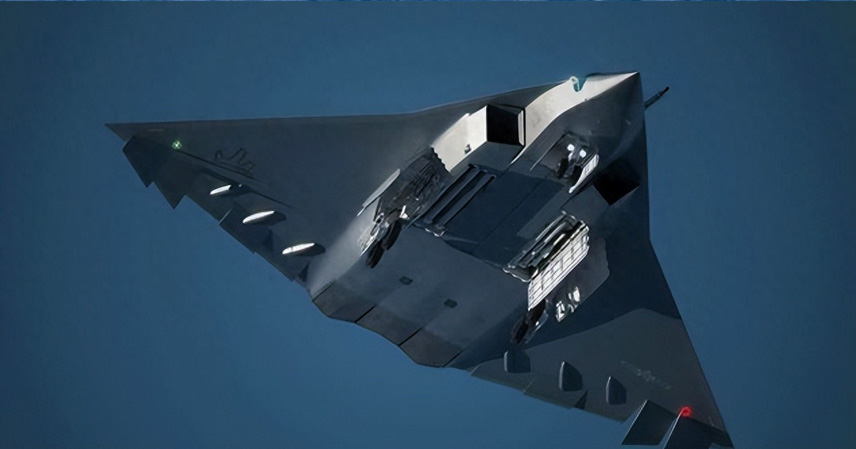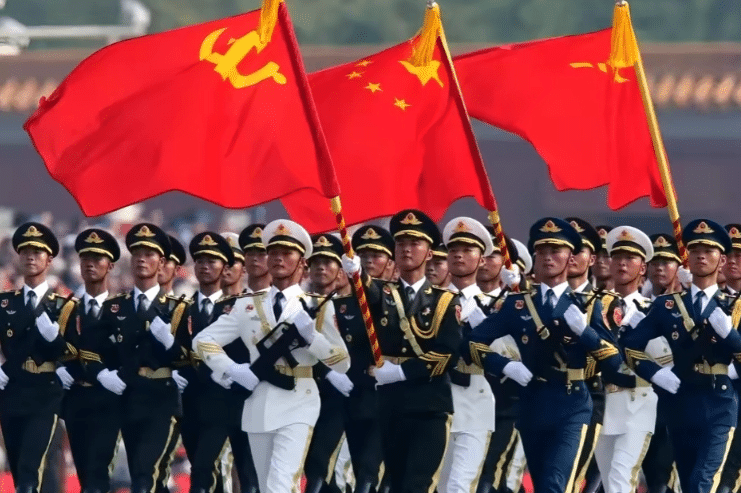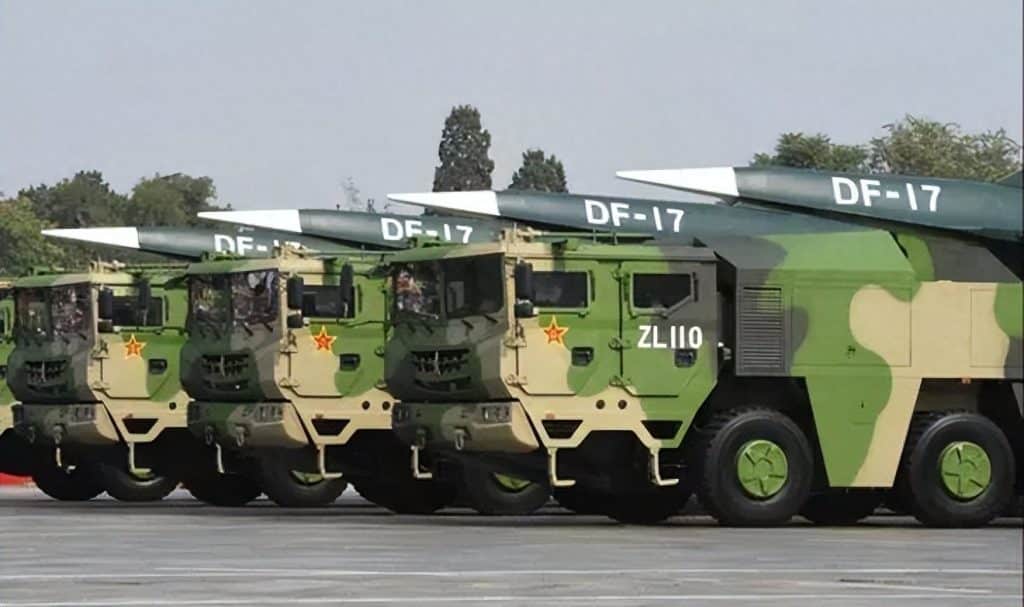China’s air force has been making bold moves in recent years, and the development of its sixth-generation fighter, the J-36, is nothing short of groundbreaking. Since its maiden flight at the end of 2024, the aircraft has stirred waves across the global defense community.
On December 26, 2024, the first prototype (serial number 36011) took off in Chengdu. Observers quickly noted the resemblance to the J-20’s first prototype number 2011, which entered service three years after its debut. By that logic, many analysts believe the J-36 will achieve mass deployment by 2027, coinciding with the PLA’s centennial.
Chinese scholar Jin Canrong has been particularly outspoken, stressing that rising tensions in the Taiwan Strait require China’s sixth-generation platform to enter service ahead of schedule.

Rapid Development and Strategic Needs
On March 27, 2025, Jin emphasized that frequent leaks of J-36 test flights reveal the stabilization of core systems and the start of intensive testing. Unlike earlier programs that faced late-stage redesigns, the J-36 integrates direct military feedback from the design phase. This accelerates the path from prototype to operational capability.
Historically, both the J-10 and J-20 required about six years from first flight to service. The J-36, however, benefits from a mature industrial base, fully indigenous engines, avionics, and stealth materials. Progress has been significantly compressed.
The urgency stems largely from the volatile Taiwan Strait situation. U.S. arms sales and Taipei’s provocative rhetoric keep tensions high. From April 1–2, 2025, China’s Eastern Theater Command staged a large-scale joint drill around Taiwan, signaling determination to maintain air dominance. Analysts argue the J-36 will serve as a critical deterrent.
Design Highlights and Technology
From leaked images and videos, the J-36 features a tailless delta wing with canards, concealed intakes, and a minimized radar cross-section.
On March 19, 2025, the second test flight showcased powerful twin-engine performance, likely starting with the WS-10 as a transitional powerplant before upgrading to new vector-thrust engines. China’s advances in composite materials and AI-driven avionics allow real-time battlefield data processing.

Compared to fifth-generation fighters, sixth-gen standards emphasize multi-domain awareness and unmanned teaming. The J-36 reportedly acts as a battlefield commander, controlling swarms of drones and assigning strike missions. This is particularly suited for Taiwan’s constrained battlespace.
U.S. NGAD Struggles
Meanwhile, the U.S. Next Generation Air Dominance (NGAD) program faces turbulence. On March 21, 2025, former President Donald Trump announced Boeing had won the contract for the F-47, sparking controversy. Boeing’s history with stealth fighters is weak—its X-32 prototype lost to Lockheed’s F-35 decades ago.
Despite the contract, delays loom. With a budget surpassing $200 billion, the F-47’s first flight is projected for 2028, possibly slipping to 2029. American media warn that China’s J-36 is already five years ahead, while Russia’s and Europe’s sixth-gen projects remain mostly conceptual.
Industrial Strength and Acceleration
By August 11, 2025, the third J-36 prototype appeared in flight tests. The program has shifted from monthly to weekly sorties, highlighting rapid progress.
China’s integrated aerospace supply chain—from titanium forging to advanced avionics—ensures efficiency. Lessons from the J-20 program, including indigenous high-thrust engines and durable stealth coatings, have paved the way. With a 15% reduction in weight and sustained supersonic cruise, the J-36 represents a leap forward.
Military involvement throughout development means prototypes emerge closer to combat-ready platforms, reducing pilot training cycles and operational delays. Jin Canrong has argued that although sixth-gen aircraft were originally slated for 2030, Taiwan Strait tensions pushed the timeline forward by at least two years.

Global Implications
The J-36 directly challenges U.S. strategic assets like the B-21 Raider. Chinese analysts argue its sensors and long-range strike capabilities make it a strong counter to U.S. stealth bombers in the Western Pacific.
With the J-36 and Shenyang’s parallel J-50 project, China is positioning itself as a frontrunner in the global sixth-generation race. Russia’s Su-57M remains under development, and Europe’s FCAS program is years behind schedule.
By 2027, the J-36 could redefine the Taiwan Strait air balance, shifting from reliance on numbers to reliance on quality, AI-assisted decision-making, and integrated combat systems.
Conclusion
The J-36 represents more than just an aircraft—it symbolizes China’s industrial rise and strategic urgency. If mass deployment begins by 2027, as many experts predict, it will mark China’s entry into the sixth-generation era ahead of all competitors.
The J-36 is not only a technological milestone but also a stabilizing factor in the region, ensuring China’s ability to maintain air superiority in the face of external pressures.
References
- PLA Eastern Theater Command official releases (2025).
- Jin Canrong, interviews and commentary (March–April 2025).
- Global Times and South China Morning Post reports (2025).
- U.S. Air Force public statements on NGAD program (2025).



